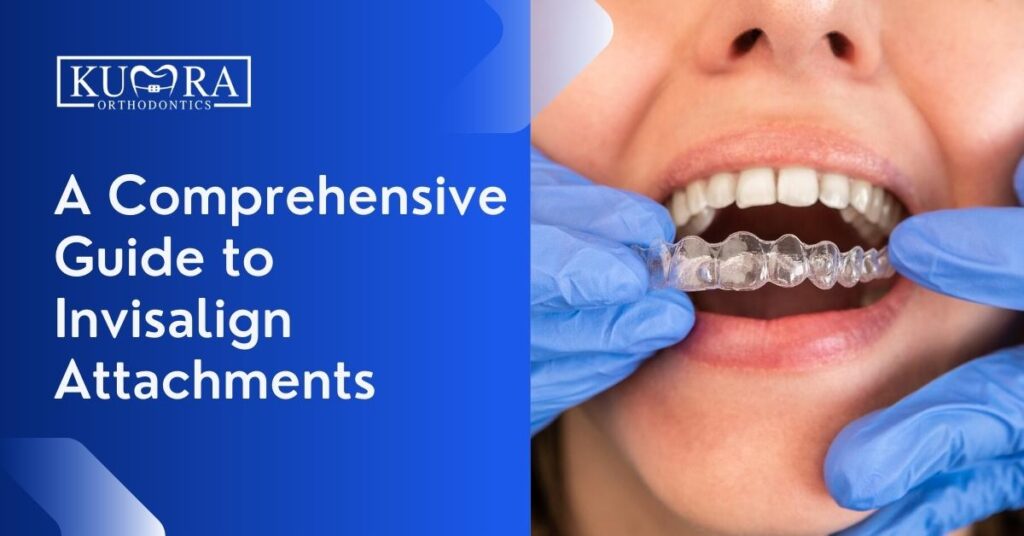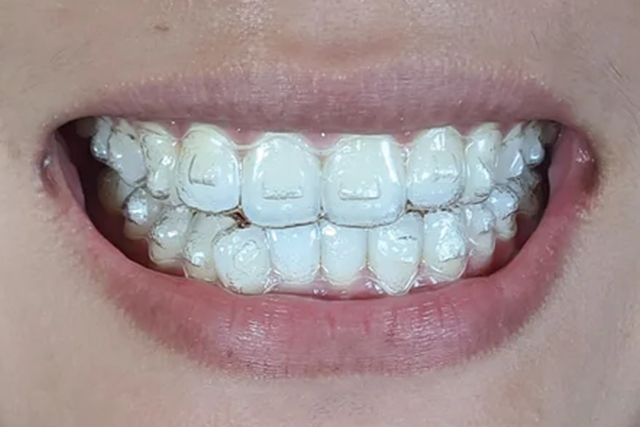Invisalign vs. Conventional Dental braces: Which Alternative Is Right for You?
When taking into consideration orthodontic therapy, the option between Invisalign and traditional braces presents several crucial aspects that merit careful evaluation. Invisalign provides a very discreet alternative with removable aligners, while typical dental braces give a much more noticeable yet reliable service for extreme misalignment.
Review of Treatment Alternatives

On the other hand, conventional braces include steel braces and cables that are bound to the teeth. This technique uses continual pressure in time to attain positioning. While effective for complicated orthodontic issues, conventional braces require regular check outs for modifications and can posture obstacles in maintaining oral health due to the problem of cleansing around brackets and cords.
Both options have their merits, and the option often pivots on details oral problems, way of life choices, and client conformity. Ultimately, getting in touch with an orthodontic expert is vital for identifying one of the most ideal therapy strategy customized to specific needs. Recognizing the subtleties of each choice can significantly influence the general success of orthodontic treatment.
Aesthetic Factors To Consider
A substantial element affecting the selection in between Invisalign and traditional dental braces is the visual appeal each therapy supplies. Invisalign aligners are crafted from clear plastic, making them basically invisible when put on.
On the other hand, conventional braces contain steel braces and cords, which can be extra visible. While advancements in orthodontic modern technology have actually led to the growth of smaller sized braces and colored elastics, traditional dental braces still maintain an even more noticeable account. For some individuals, the visibility of dental braces might discourage them from looking for needed therapy.
Eventually, the selection in between Invisalign and typical braces might hinge on individual choices regarding aesthetics. Individuals that focus on discretion usually lean toward Invisalign, while those who are much less concerned regarding presence might select standard braces. Comprehending the visual implications of each alternative is crucial for making an informed choice that lines up with one's lifestyle and choices.
Convenience and Convenience

In terms of comfort, Invisalign aligners are removable, making it possible for people to appreciate their favored foods without restriction and maintain ideal oral health. try this out Brushing and flossing are streamlined, as the aligners can be secured during these regimens, whereas company website traditional braces call for careful maneuvering around cables and brackets.
In comparison, conventional braces demand normal changes, making them less convenient for those with hectic routines. In general, the convenience and benefit of Invisalign make it an enticing selection for several individuals looking for orthodontic therapy.
Treatment Duration and Effectiveness
While both Invisalign and typical braces are reliable in correcting dental misalignments, the period of treatment can vary significantly between both alternatives. Commonly, Invisalign therapy can take anywhere from 12 to 18 months, depending on the intricacy of the situation. The clear aligners work by slowly changing teeth into their preferred positions, and regular follow-ups with an orthodontist aid make certain progress stays on track.
On the other hand, conventional braces often call for a longer dedication, typically varying from 18 months to 3 years. This results from their set nature and the use of brackets and cables, which can be a lot more efficient for serious misalignments and complex cases (Invisalign). The therapy performance of typical dental braces is well-documented, as they permit precise changes and better control over tooth movement
Inevitably, the selection between Invisalign and traditional braces may rest on both the anticipated treatment duration and the details oral issues available. Consulting with an orthodontist is essential, as they can provide customized recommendations based upon individual requirements, guaranteeing the selected technique aligns with desired outcomes and durations.
Expense Comparison and Insurance Options
Price plays a substantial function in the decision-making process for people thinking about orthodontic treatment, whether going with Invisalign or standard braces. Typically, the cost of Invisalign ranges from $3,000 to $8,000, while conventional dental braces generally cost in between $2,000 and $6,000. Elements affecting these costs include the complexity of the case, the duration of treatment, and geographical place.
Numerous dental insurance policy strategies supply partial coverage for orthodontic therapies, but the specifics can vary extensively. Generally, conventional dental braces might be more regularly covered by insurance policy strategies contrasted to Invisalign, which some insurance providers categorize as an aesthetic visit this page procedure.
Additionally, a number of orthodontic techniques offer adaptable layaway plan, making both treatment options a lot more obtainable. Clients need to ask about possible financing alternatives and price cuts for in advance payments. Reviewing the total expense, including insurance advantages and payment plans, is crucial for making a notified decision that lines up with both aesthetic preferences and spending plan factors to consider.

Final Thought
In recap, the option in between Invisalign and traditional braces pivots on numerous aspects, including aesthetic choices, convenience, therapy duration, and expense. Invisalign uses a very discreet, detachable alternative that helps with oral hygiene and nutritional versatility, while typical dental braces may be preferable for intricate oral concerns and commonly come at a lower cost point. Inevitably, assessment with an orthodontist is essential to evaluate individual situations and establish the most appropriate therapy choice for accomplishing optimum oral positioning.
When taking into consideration orthodontic treatment, the selection between Invisalign and conventional braces provides several vital variables that warrant careful evaluation.Comparing Invisalign and typical braces exposes unique treatment choices for orthodontic modification.While both Invisalign and typical braces are effective in fixing oral imbalances, the duration of therapy can vary substantially in between the two alternatives.Price plays a considerable role in the decision-making procedure for individuals thinking about orthodontic therapy, whether choosing for Invisalign or typical braces.In recap, the option in between Invisalign and traditional braces hinges on multiple factors, consisting of visual choices, convenience, therapy duration, and expense.